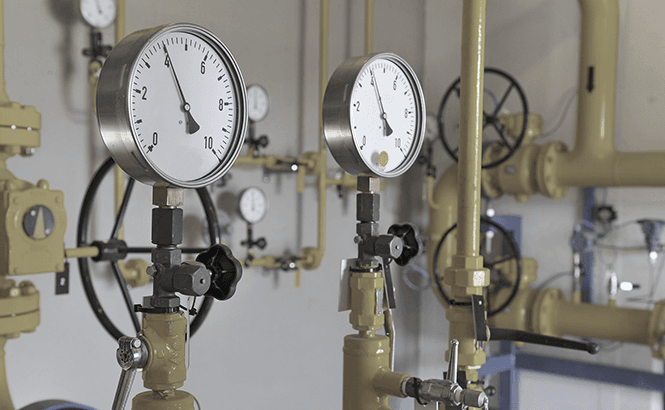
Artigo
26.06.24
Natural gas in Brazil's energy matrix: demand for 1995-2010 and usage factors
Autores: Alonso P.S.R, Fernandes Elton, Fonseca, M.V.A.
Veículo: Energy Policy JCR, Inglaterra, V 33 nº3 pp. 365-386
Ano: 2005
Tipo: Periódico
Resumo: This paper describes and analyzes the constraints hampering achievement of the 12% share planned for natural gas in Brazil’s energy matrix by 2010, and advises policies for reaching that goal on the basis of forecasts and three probable scenarios for the development of the Brazilian economy. The 12% share goal was established in 1993 by the Ministry of Mines and Energy and confirmed in 2000, and is now in full development. The figures used to represent the estimates of natural gas demands in the three scenarios were obtained from the Integrated Energy Planning Model (MIPE—Modelo Integrado de Planejamento Energ!etico), which is a technical and economic forecasting model developed by a group of researchers linked to the Energy Planning Program run by the Graduate Engineering Programs Coordination Unit at the Rio de Janeiro Federal University (COPPE-UFRJ) under the sponsorship of Petrobras (a Brazilian enterprise operating in the oil andgas segment) and Eletrobras (a Brazilian enterprise in charge of electricity demand planning). The analysis of the constraints take place under the aegis of the objective proposed by the Brazilian Government. The authors suggest specific actions to be taken in four application areas of natural gas: industrial, electricpower generation, domestic distribution and vehicular fleet conversions. All the actions proposed encourage the use of a fuel with low environmental impacts and high calorie power, replacing fire, wood and other polluting fuels and are evaluated relative to the impacts occurring in society, especially from the standpoint of social welfare in a developing country. The necessity of developing the goods and services infrastructure in the country to support the natural gas insertion in the Brazilian energy matrix is also addressed.
Confira o artigo completo AQUI.
